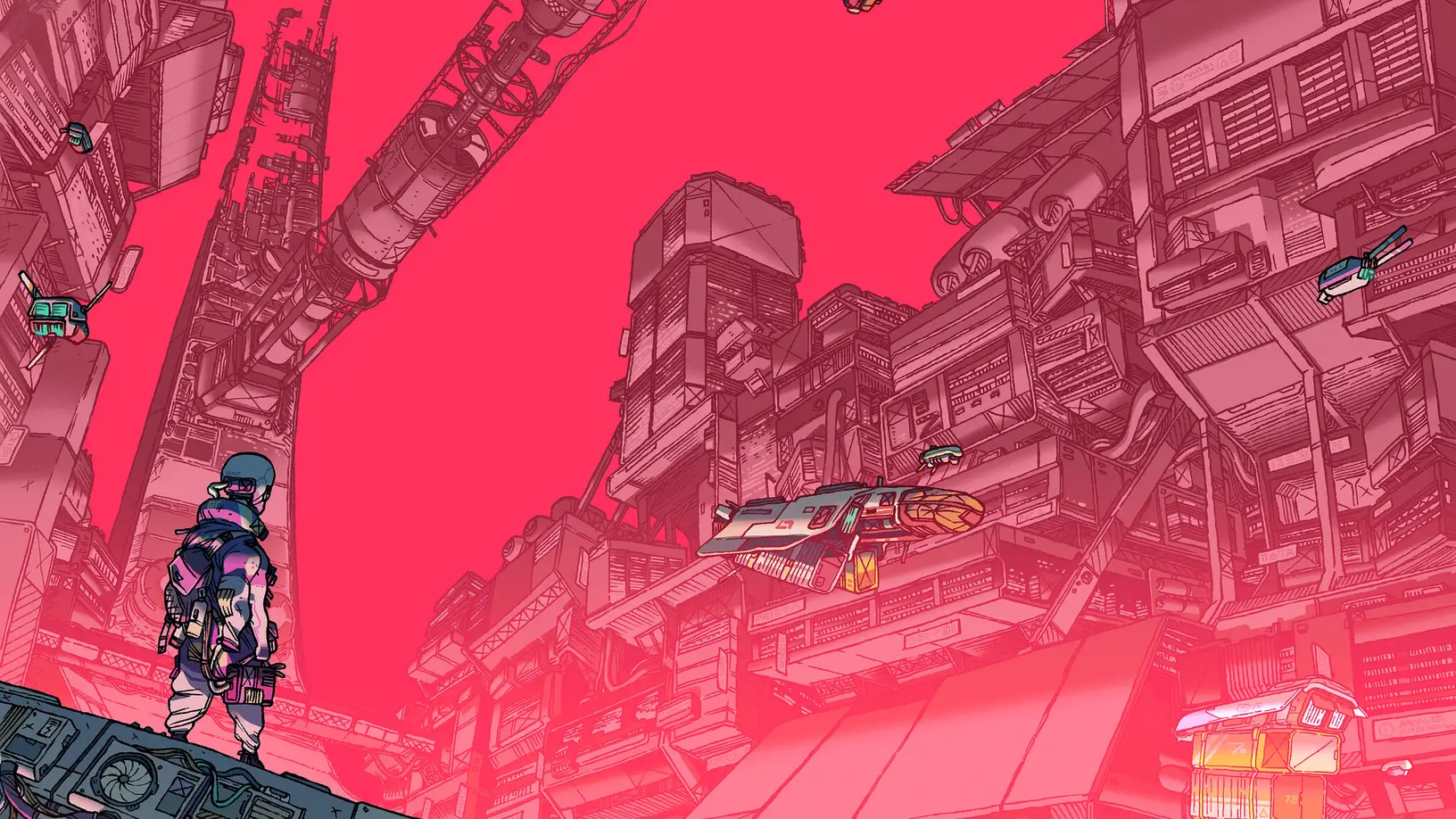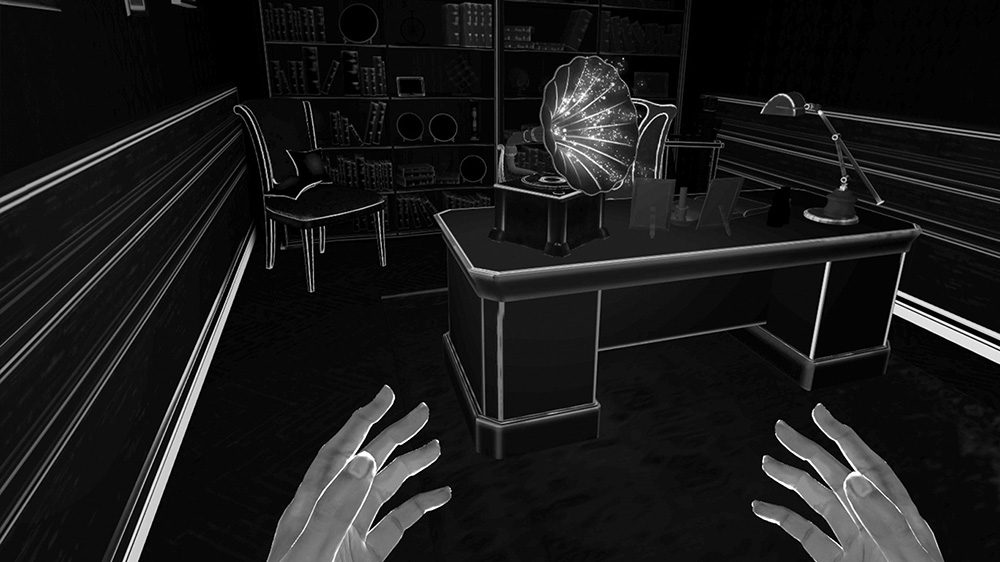Schlagwort: fellow traveller
-

Das storybasierte Science-Fiction-RPG Citizen Sleeper erscheint am 31. März für PlayStation
Reading Time: 3 minutesHi, ich heiße Gareth Damian Martin und bin der Entwickler von Citizen Sleeper, eines der beliebtesten Indie-Spiele des Jahres 2022, das am 31. März nun auch für PS4 und PS5 herauskommt. Auf die Veröffentlichung im vergangenen Mai folgte eine ziemliche Achterbahnfahrt, und all die Unterstützung, die positiven Artikel und die Nominierungen für…
-

Getting a new perspective on story with Tiny Bull Studio’s Blind
Reading Time: 6 minutesBlind is a narrative-driven psychological thriller out now on Viveport and via Viveport Subscription that tasks players with navigating mysterious surroundings using unique echolocation. Goaded by a sinister and twisted force, you’ll explore a frightening mansion using sound alone, solving puzzles to uncover the mystery of your predicament. We spoke to the…


